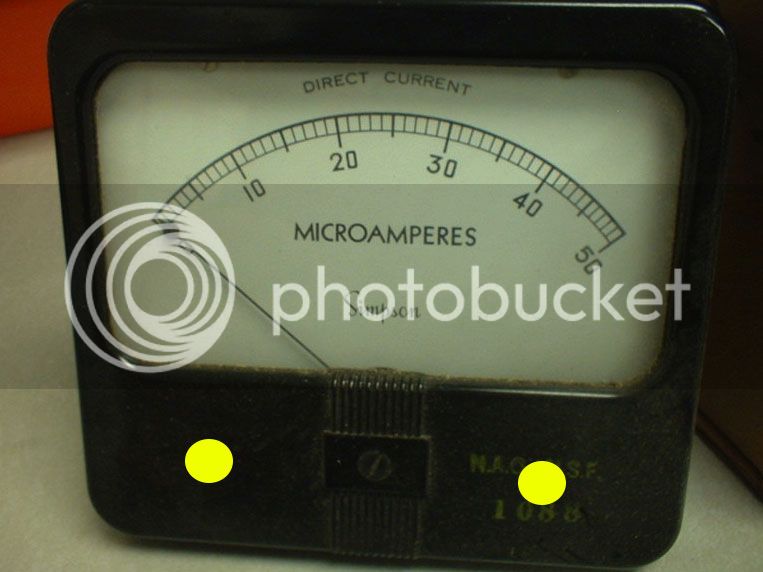or £25 worth of resistors!
Really?!?
I buy from Newark over here and they are the same as Farnell UK. 25UK pounds would buy me a years worth! What type resistors did you use?
or £25 worth of resistors!
DaveP said:Letterbeacon,
50uA is just about the most sensitive meter you can get and putting low res meter ranges across it might bend the needle.
Best to connect a 1.5V battery with a big pot in series, say 50k, that means it can't pass any more than 30uA. Turn the pot until you get 50uA FSD. then measure the voltage across the meter. Meter V/50uA gives you the meter resistance.
Play safe with that meter.
best
DaveP

Enter your email address to join: